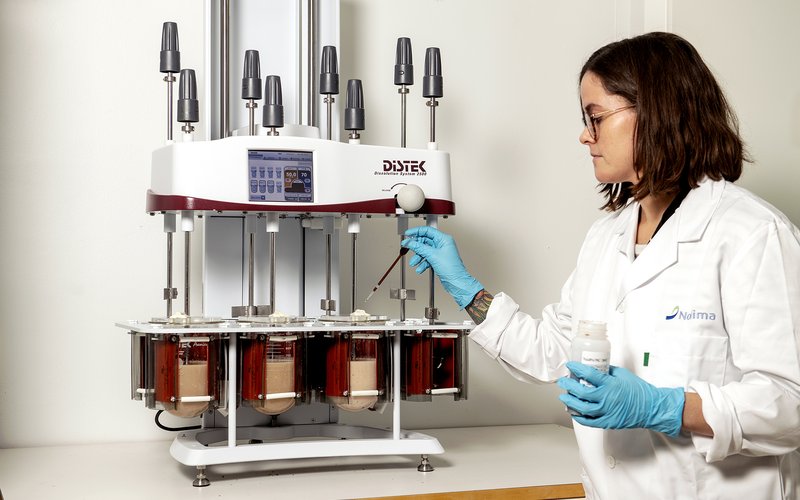Large amounts of offcuts are created from fillet production within the food industry. Some of this residual raw material is further processed into feed products, but significant amounts go to waste. Nofima’s doctoral researcher, Silje Steinsholm, evaluated how enzymatic protein hydrolysis can increase the utilization of offcuts.
The proteins found in filleting offcuts are difficult to access, but the process of enzymatic hydrolysis helps convert these proteins into water-soluble peptides. This takes place by adding enzymes. The water phase can be separated and dried, and this leaves a protein-rich powder that has many areas of application. Hydrolysates have an unappealing and bitter taste making their use rather limited. The flavor depends on hydrolysis parameters and the residual raw material being used during production.
In order to remove the flavor, the relationships that exist between taste and chemistry must be understood. The development of different flavors, chemical composition and functional properties have therefore been the starting point for this study. Steinsholm evaluated the importance of enzymes, residual raw material and membrane filtration to the end product. A magnetic tongue was used (NMR spectroscopy) to find out which chemical substances produce flavor. These substances were connected with objective measurements made by the taste judges on Nofima’s sensory panel. With the help of chemical analysis and advanced statistics, Steinsholm got an overview of the substances that produce different flavors.
Researchers found a link between several metabolites (different small molecules found in all living organisms) and flavors that can be removed by nanofiltration. The study showed that the intensity of bitterness is produced by small peptides and depends on the choice of enzyme and the degree of hydrolysis.
NMR spectroscopy has been used in trials to define flavor in tomatoes, coffee beans and olive oil, but this is the first study that has been conducted on protein hydrolysates. The technology is not quite there yet, but NMR spectroscopy may help simplify the interpretation of flavor in the future.
Silje Steinsholm thesis Sensory and physicochemical properties of enzymatic protein hydrolysates was part of Nofima’s self-financed project PEPTEK, but is also linked to the EU project AQUABIOPRO-FIT (financed by BBI-JU (Horizon 2020)) and the RCN project WHITEFISH.
Check out the study here.













